Digital Classroom
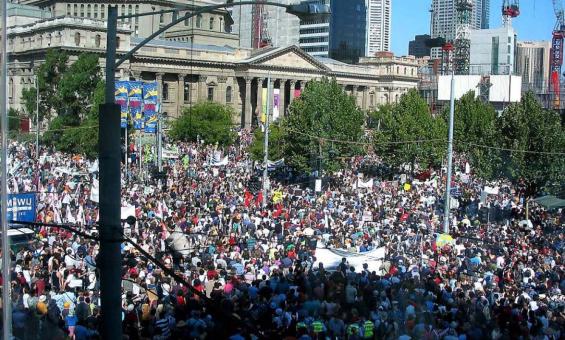
Francis Reiss, Protesters gathered outside the State Library in Swanston Street, Melbourne peace rally, 14 February 2003, nla.gov.au/nla.obj-147324313
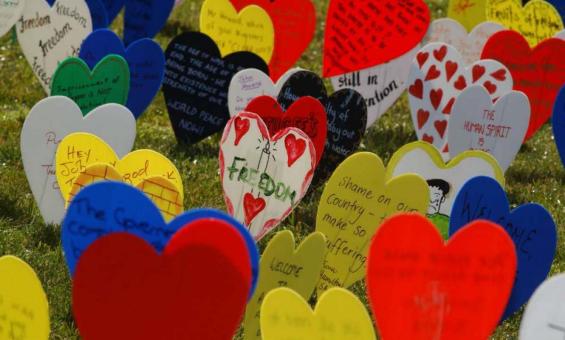
Loui Seselja, [Section of the field of hearts display in close-up view, United Nations World Refugee Day and Field of Hearts event, Canberra, 20 June 2004], nla.gov.au/nla.obj-130944424
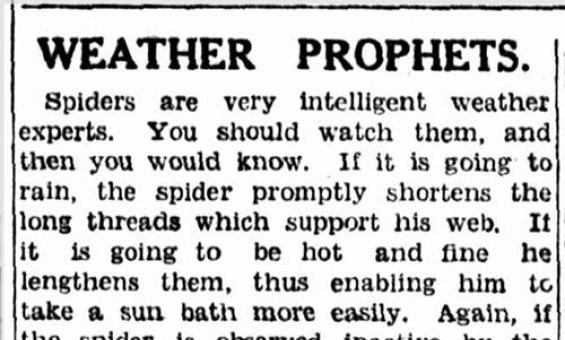
WEATHER PROPHETS. (1937, November 4). The Age (Melbourne, Vic. : 1854 - 1954), p. 17. nla.gov.au/nla.news-article205560442
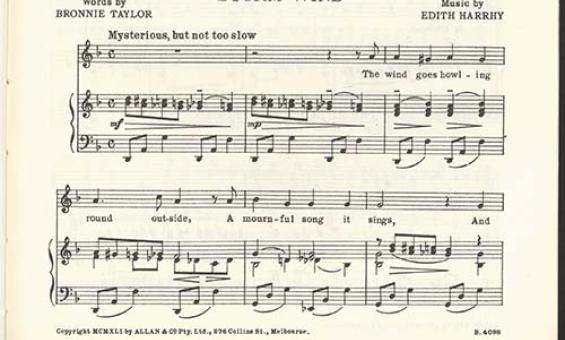
Edith Harrhy & Bronnie Taylor, Songs for young Australians [music] / words by Bronnie Taylor ; music by Edith Harrhy, 1941, nla.gov.au/nla.obj-175231656
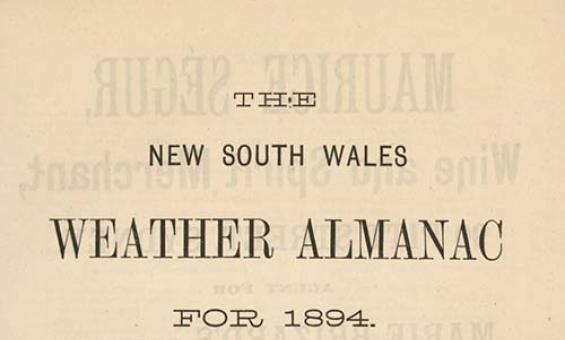
New South Wales weather almanac for ... : a general handbook for the year, 1894, nla.gov.au/nla.obj-406743496
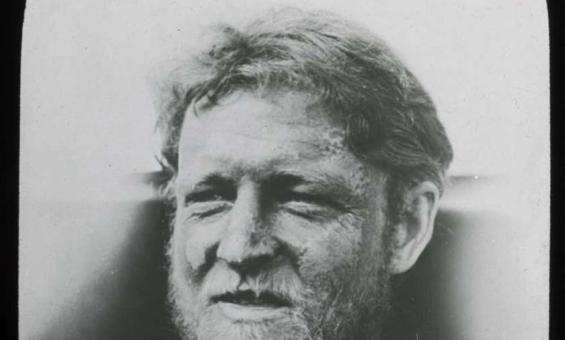
Frank Hurley, Madigan's frostbitten face, Adelie Land [Australasian Antarctic Expedition, 1911-1914], nla.gov.au/nla.obj-145067660
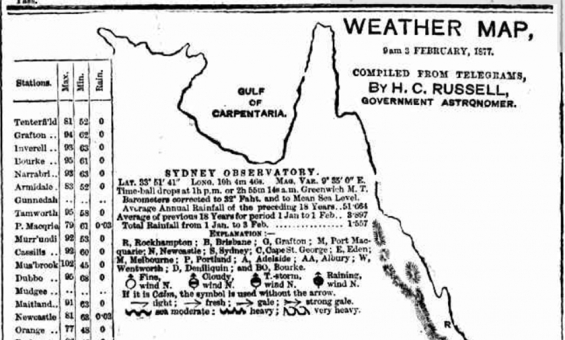
WEATHER MAP, 9 am 3 FEBRUARY, 1877. (1877, February 5). The Sydney Morning Herald (NSW : 1842 - 1954), p. 6. nla.gov.au/nla.news-article13389140

Norman B Tindale, Map showing the distribution of the Aboriginal tribes of Australia, 1940, nla.gov.au/nla.obj-230054338
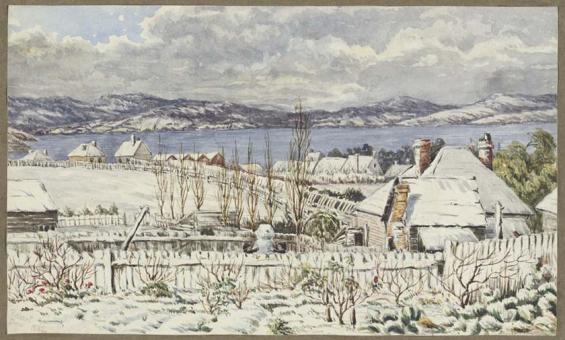
H.J. Graham, Severe snow storm over Hobart, 1882, nla.gov.au/nla.obj-135529606
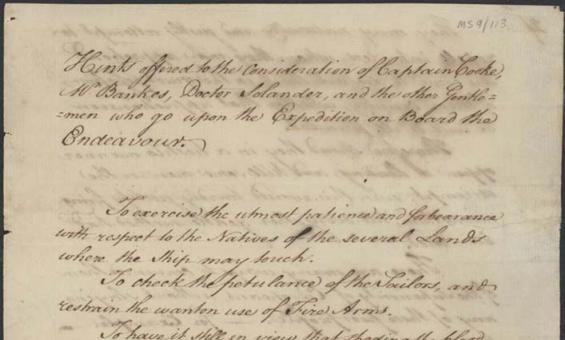
Joseph Banks, Papers of Sir Joseph Banks, 1745-1923 (bulk 1745-1820), nla.gov.au/nla.obj-223065342
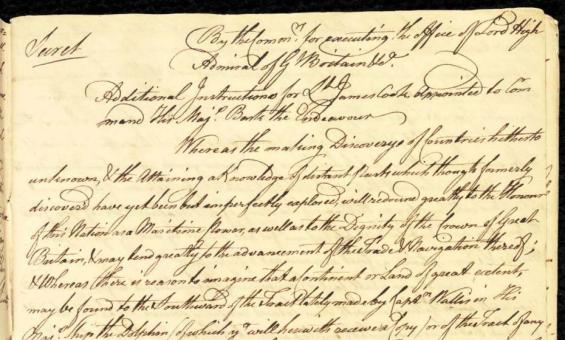
James Cook & Great Britain. Admiralty. (1768). Cook's voyage 1768-71, nla.gov.au/nla.obj-229102048
